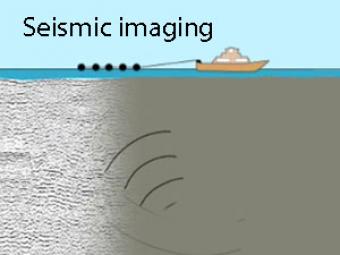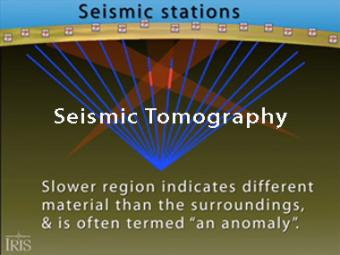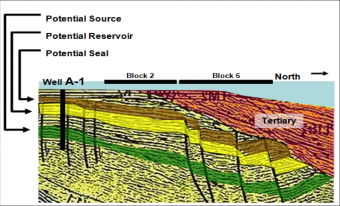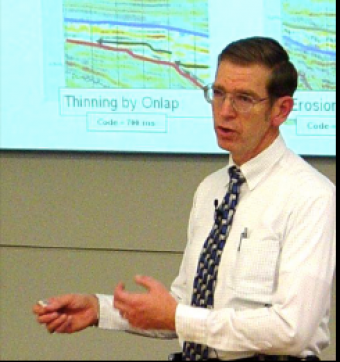The lecture material introduces the focus of the petroleum industry. The lecture material includes twenty (20) slides, and will require ~40 minutes to present. An exercise accompanies the lecture material. The introduction to the exercise contains seven (7) slides, which should take approximately ten (10) minutes of class time. The exercise itself is given in two (2) parts, where Part 1 is a brainstorming session conducted in class (~5 minutes), and Part 2 is for homework.
For Part 1 of the exercise, there are three (3) questions for students to consider and offer answers to. The instructor should read each question (provided in the introduction to the exercise) and give the students approximately 1.5 minutes to discuss each one. Answers are included to this part of the lecture, and should be discussed in class.
For Part 2, students are asked to find five (5) facts about the Canterbury Basin, New Zealand. A web search should produce a lot of information. This should be done as homework, and not during the class period.
At the end of the lecture, students should be able to:

Man-made sound waves produced by airguns travel through the earth, reflect off different rock layers, then are recorded by geophones being towed behind the boat.

Seismic tomography is an imaging technique that uses seismic waves generated by earthquakes and explosions to create computer-generated, three-dimensional images of Earth's interior. CAT scans are often used as an analogy. Here we simplify things and make an Earth of uniform density with a slow zone that we image as a magma chamber.

Discover the basic methods in finding oil, and the five (5) major components you need to cook, contain, and preserve a resource play.

This course, based on teaching material from Dr. Fred Schroeder (formerly of Exxon/ExxonMobil), reflects on the geology and geophysics basics for the petroleum industry. General geology and basic geophysics are not required, but helpful with the material.